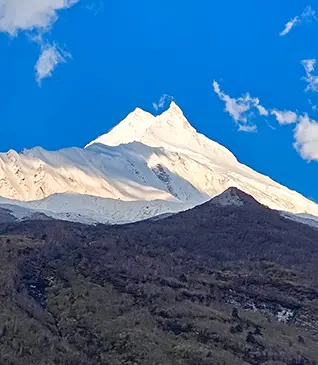Whenever you explore the lesser-known beauty of the Himalayas, it’s important to be mindful of your actions. The mountains may seem strong and endless, but they are actually delicate, and even small things like plastic waste or careless actions can have a big impact on the environment. That’s why it’s essential to follow eco-friendly practices that help protect nature.
Here’s a simple guide on how to trek responsibly in the Himalayas using the Leave No Trace principles.
Understanding the Leave No Trace Principles
The Leave No Trace principles are a set of simple guidelines designed to minimize the impact of human activities on nature while enjoying the outdoors. These policies emphasize respecting nature, wildlife, and fellow trekkers, ensuring that the natural beauty remains unspoiled for future generations.
When trekking, Leave No Trace means carrying back everything you bring, including food wrappers, plastic bottles, and biodegradable waste like fruit peels, which take time to decompose in high-altitude regions. It also involves sticking to marked trails to prevent soil erosion and damage to fragile vegetation. Setting up camps in designated areas, disposing of waste properly, and avoiding campfires in sensitive zones are crucial to protecting the ecosystem. Minimizing noise pollution ensures that the serenity of nature remains undisturbed for others.
How can you follow Leave No Trace and Promote Eco-Tourism?
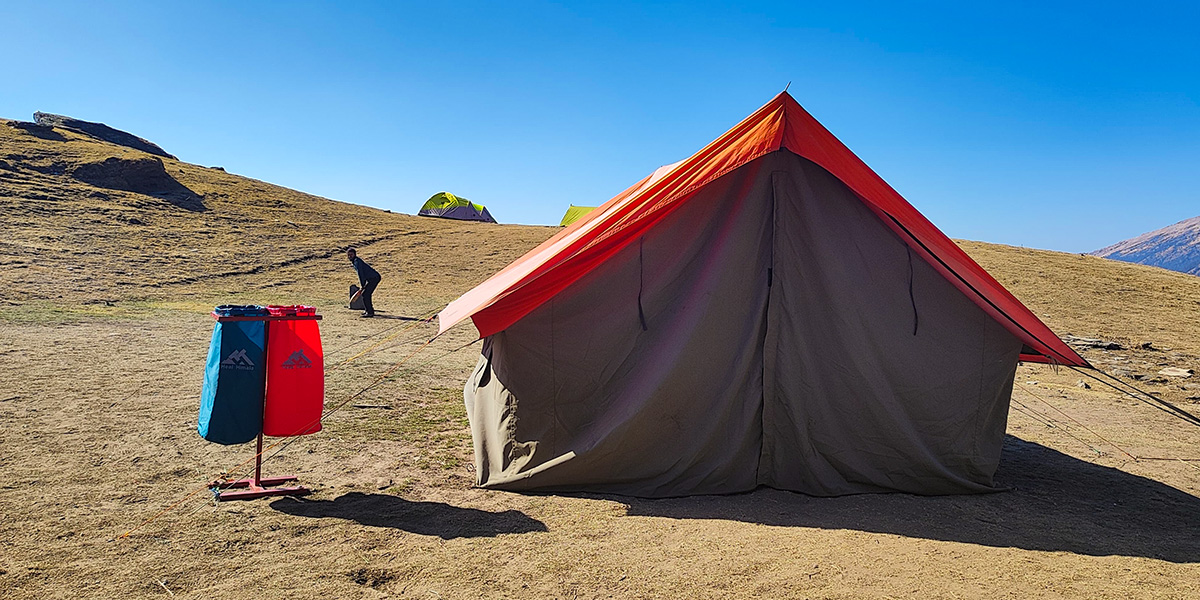
Before you start your trek, it’s important to plan well, and think about what you’ll carry, where you’ll stay, and how you’ll manage waste. The first thing that you should be mindful of is managing your waste. Disposing of waste properly is crucial, always carry trash bags with you, bring all your waste back to the base, and avoid using single-use plastic. Keeping the mountains clean helps preserve their beauty for future trekkers. While trekking, always camp on strong and durable surfaces, avoiding delicate areas like meadows, which are fragile and, in some places, do not allow camping. Campfires should be avoided, but if you must have one, keep it small, use fallen wood instead of cutting trees, and never let the fire spread, as it can cause serious harm to the environment. Respect the wildlife,if you spot an animal, observe from a distance without disturbing it, and if you take pictures, do so quietly.
Another thing to be mindful of while trekking is using sustainable gear and equipment, as it helps to minimise the negative impact on the environment in the long run. Instead of buying new gears, consider renting equipment from sustainable trekking companies like Trek the Himalayas. Always carry a reusable water bottle instead of disposable plastic ones to cut down on litter.
Being a responsible trekker also means respecting local communities and cultures by following their traditions and supporting local business whenever possible. Buying locally made products, staying in homestays, and eating at local eateries can contribute to the livelihood of people in the region. Additionally, when trekking it is important to be considerate of the fellow trekkers too. When trekking through the mountains, maintain silence at peaceful areas, give way on narrow trails, and ensure that others too can enjoy their trekking experience without disturbance.
The Role of Trekking Companies in Promoting Responsible Trekking
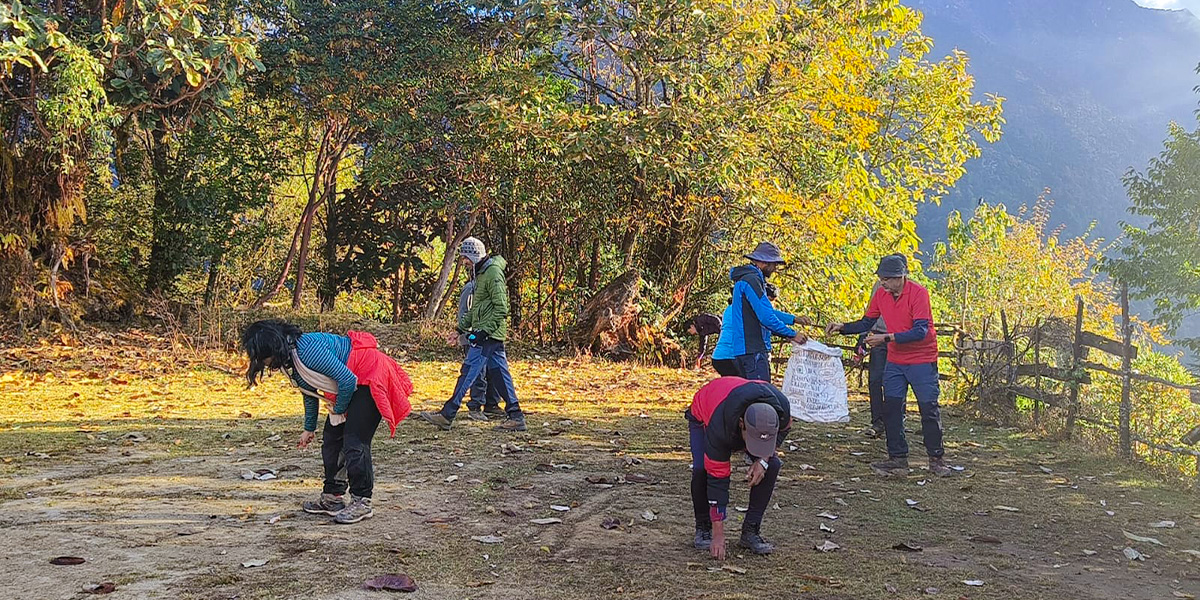
Trekking companies play a key role in ensuring that trekking is done responsibly. It is their responsibility to follow eco-friendly practices that keep the environment safe while organizing and leading treks. Since many people depend on trekking companies for their journeys, their actions have a huge impact on nature. That’s why it is important for every trekking company to offer eco-friendly trekking packages and promote sustainable trekking. Trekkers often learn from their trek leaders and organizers, so companies should encourage them to follow responsible trekking practices. Educating trekkers about Eco tourism and spreading awareness about protecting nature is just as important as providing a great trekking experience. A good trekking company should have strong waste management policies, reduce plastic use, and support conservation efforts to protect the mountains. Whenever you plan a trek, try to choose the best trekking company that not only ensures a smooth and enjoyable experience but also cares for the fragile environment of the Himalayas. One of such accountable trekking companies is Trek the Himalayas, one of the best trekking companies in India, they closely manage their treks and ensure they leave no trace behind.
Overtourism and its Impacts
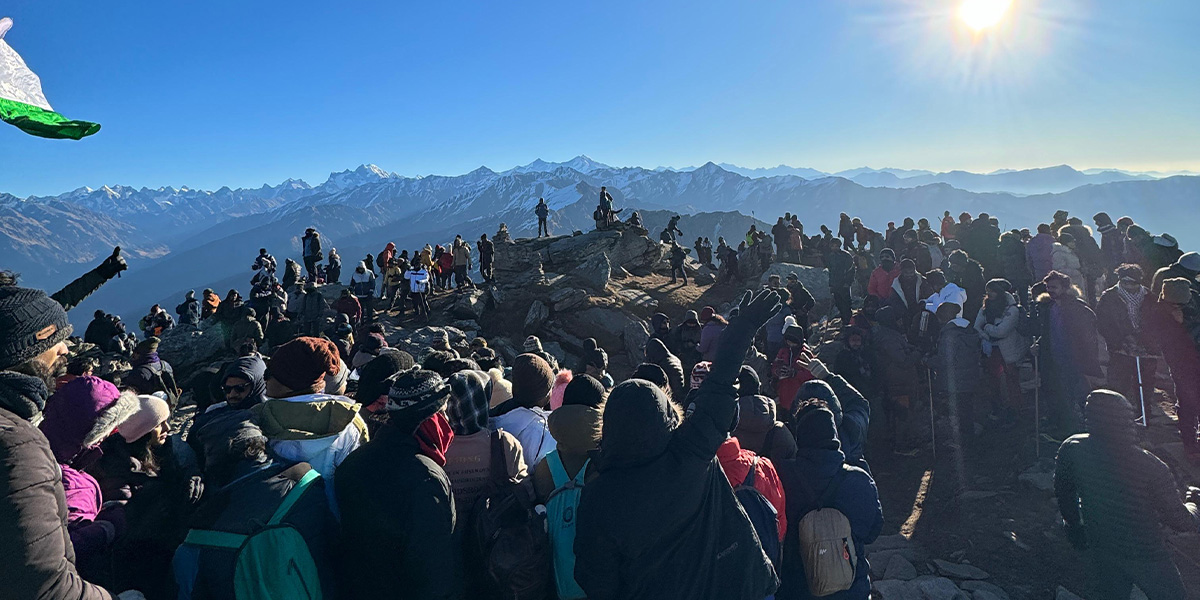
Over Tourism has become a growing concern in many popular travel destinations, where an excessive influx of tourists overwhelms the local environment, infrastructure, and communities. At times, the locals have to face problems when too many tourists visit a place, leading to overcrowding, increased waste, and strain on essential resources like water and electricity. This not only disrupts the daily lives of residents but also causes serious environmental issues such as deforestation, pollution, and damage to fragile ecosystems. Natural landscapes, historical sites, and cultural heritage suffer from excessive human activity, leading to irreversible degradation.
Moreover, the heavy footfall often leads to commercialization, where local traditions and lifestyles are altered to cater to tourists rather than being preserved in their authentic form. As a result, the experience for visitors also degrades, as they are met with overcrowded spaces, long waiting times, and a lack of the tranquility or charm they initially sought. Sustainable tourism practices, including limiting visitor numbers, promoting eco-friendly travel, and encouraging responsible behavior, are essential to ensure that tourism benefits both travelers and local communities without causing long-term harm.
How to Mitigate Overtourism?
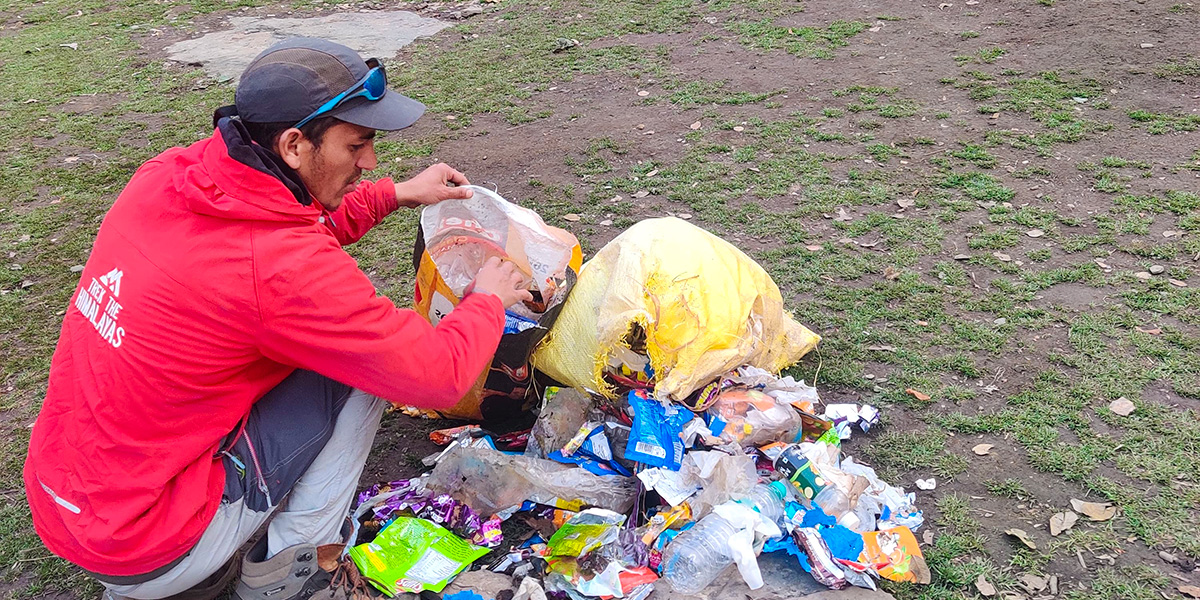
Trekking responsibly is crucial to avoid over-tourism and preserve natural beauty of the mountains. One way to do this is by choosing off-season months for trekking, as it helps reduce the pressure on popular trails and allows nature to recover from heavy footfall. Additionally, avoiding sensitive areas is essential, especially for solo trekkers who may unknowingly venture into ecologically fragile zones. When trekking with a group, always follow the guidance of your trek leaders and respect the environment by minimizing your impact. Another important factor is group size management, trekking with companies that maintain an optimal group size, like Trek The Himalayas, ensures that the environment is not overburdened. Proper group size management not only reduces waste and trail erosion but also enhances the overall experience, making the trek more enjoyable and sustainable for everyone. By being mindful of these aspects, we can continue to explore and admire the mountains while ensuring they remain pristine for future generations.
Whenever trekking, always keep in mind about the Leave no trace principles, and when choosing a company to trek with, choose companies that strictly follow sustainable practices. Your small efforts like these can make a big difference in keeping the mountains clean and making trekking a more sustainable activity. Your small acts can help protect the Himalayas and ensure that they remain beautiful for generations to come.
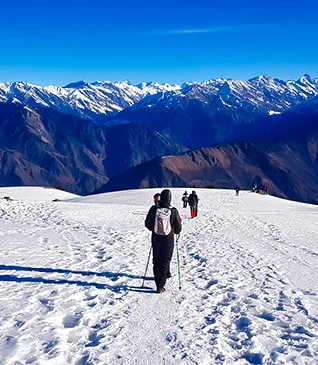
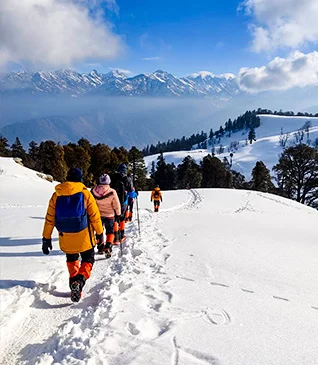
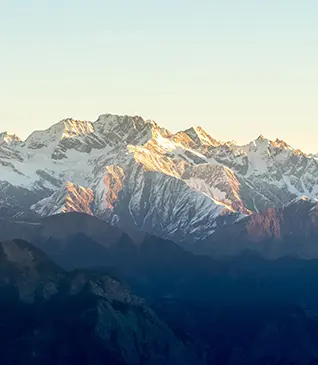

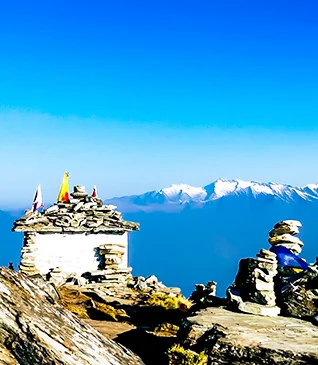
.webp)
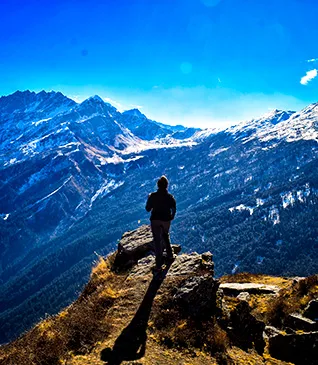
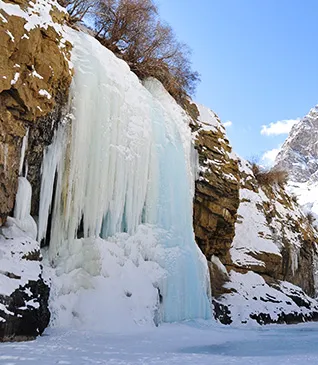
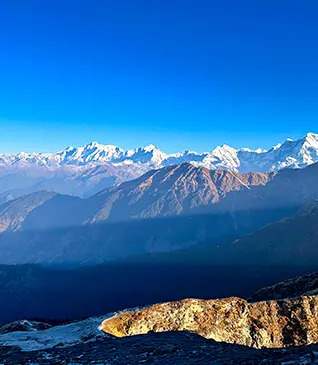
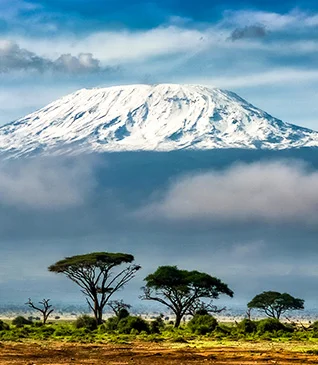
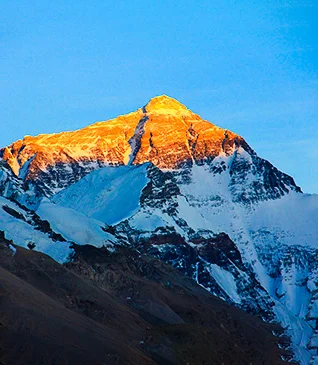
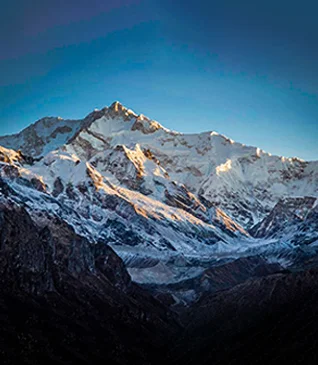
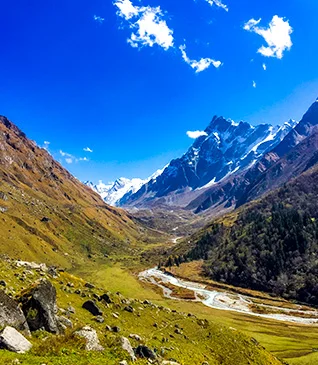
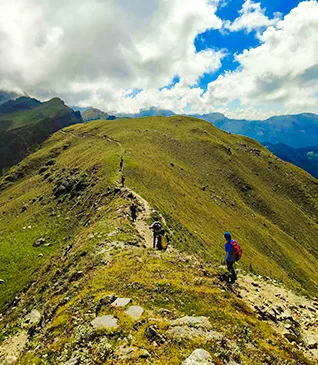
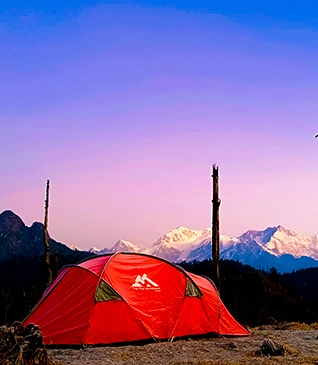
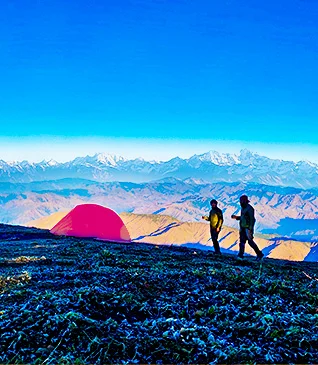
.webp)
